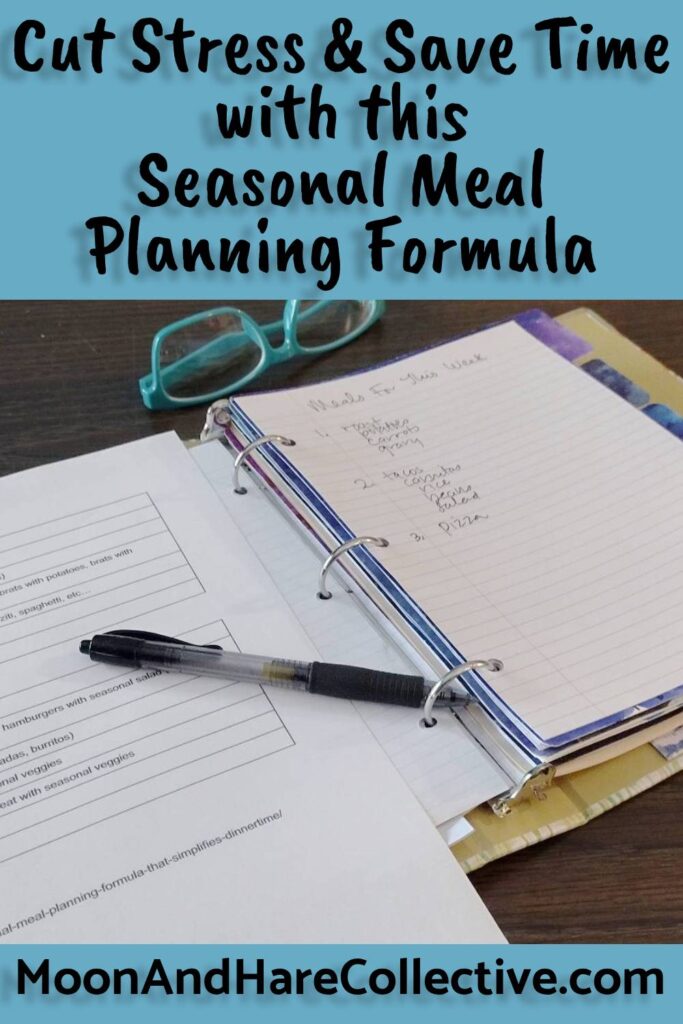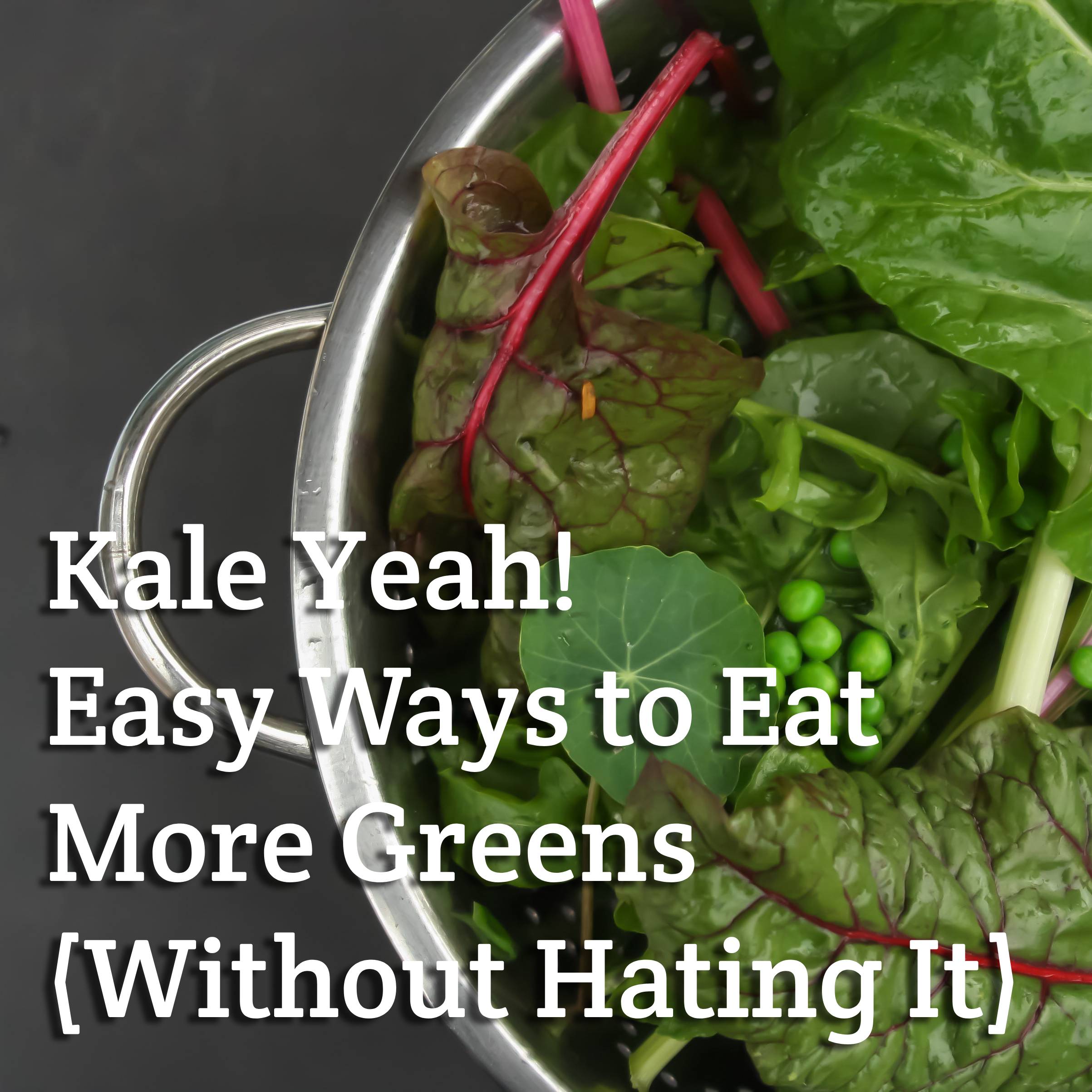Meal planning is an absolute game-changer for anyone, but especially for busy modern homesteaders juggling family life, garden chores, and endless to-do lists. Meal planning is simply taking a bit of time to plan out what meals you’re going to cook for the week. It’s about reducing the daily stress of deciding what’s for dinner and making sure you have everything you need on hand. Plus, meal planning helps keep you organized, cuts down on food waste, and keeps your budget in check by preventing last-minute takeout runs.

For those of us who thrive on routines and love a good plan, meal planning can be fun and helpful. It makes sure you’re making the most of seasonal produce, allows you to plan for on healthier meals, and reduces the number of trips to the grocery store. A great meal plan allows you to use all the fruits (and veggies!) of your homestead labor, and you’re also saving precious time, energy, and money—all while maintaining a healthier, more sustainable lifestyle.
I don’t know if it’s my autistic brain or what, but I love planning my family’s meals. BUT. I do need a formula to follow or else I get all sorts of overwhelmed at all the choices of food out there. Meal planning makes so many things easier on my homestead. It saves me an incredible amount of time that I would otherwise have spent figuring out what to eat. It helps reduce waste, by letting me plan one meal with a big cut of meat, and then another meal with the leftovers. Meal planning helps me stay within my budget, and by having meals planned, it’s a lot easier to plan healthy meals and not order some last minute take-out.
Seasonal meal planning for modern homesteaders
Meal planning is essential for modern homesteaders. We’re often very busy with a lot of things going on around the homestead, not to mention family activities, and all the other things that we deal with. Meal planning makes sure that nothing from the garden goes to waste by adding the fresh produce into your daily meals. Reducing trips to the store, increases our self-sufficiency and creates less reliance on external suppliers. Plus, planning around seasonal peaks lets you preserve surplus produce through canning and freezing, supporting a sustainable lifestyle.
Eating seasonally is an important part of modern homesteading. Eating seasonally means enjoying produce at its freshest, most flavorful, and most nutritious. It also tends to be more cost-effective, as seasonal items are often more abundant and cheaper. To identify what’s in season, check out local farmers’ markets or use seasonal produce guides, which can provide valuable insights into what fruits and vegetables are at their peak. Meal planning makes eating seasonally a lot easier. For me personally, I create my meal plan based on the protein that we’re going to eat, and then I add in seasonal vegetables by serving roasted veggies, or mixed into some sort of salad or side dish.
How to meal plan for easy cooking and seasonal eating
The first thing that I find helpful is to break food down into 3 groups:
- Proteins: Including meat, eggs, and plant-based options like beans and rice.
- Fruits and Vegetables: Fresh from your garden or local sources, whatever is in season.
- Grains/Starches: Such as bread or dinner rolls, to round out your meals.
For each meal that I plan, I base it off of the protein that we will be eating. Then I add in 2 servings of fresh, in season produce, and lastly, there is a serving of grains or starches. The two servings of in season fruit or veggies could be fresh, raw, whole produce. Iit could be simple roasted veggies. Or it could be a fancier side dish, like a casserole, salad, or other mixed veggie dish. This is all based on what foods are in season and how we like to eat those veggies.
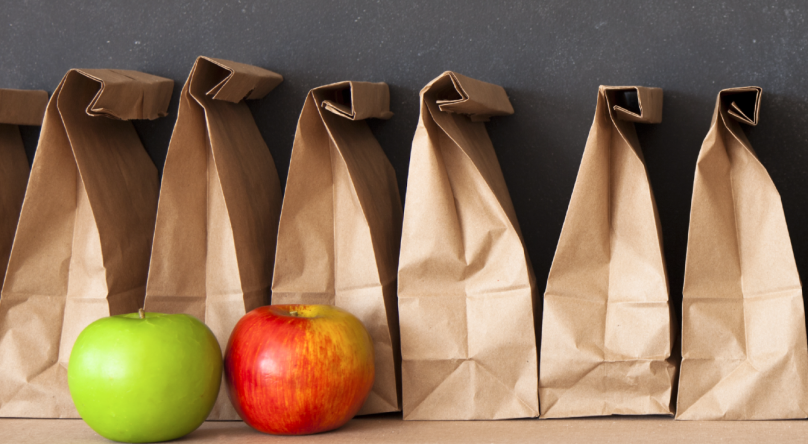
Lunches & Snacks
I don’t plan lunches and snacks. Mainly, this is because my son eats lunch at school, and my daughter handles her own lunch now. I do make sure to have lunch meat for lunch, and I stock the refrigerator with in-season produce, and foods like cheese sticks, hard boiled eggs, and hummus. We choose what we like to eat from what’s in the fridge.
Use a meal planning formula
The easiest way for me to meal plan is to use a formula, along with my food break-down plan, that I spoke about above. The formula is to choose a theme for each day. You might plan by the week or you might plan by every two weeks or a month. I plan for a week, because that’s how long my kids are with me at a time.
Choose a theme for each day. It doesn’t have to be “Meatless Monday”, “Taco Tuesday” or something else with alliteration or rhyming. In fact, I recommend NOT planning each specific day out, and instead plan 5,6, or 7 days which you can switch around based on how long you have to prepare the meal or what you have going on that night. If you do 5 or 6 days, the other one or two days can be for leftovers or “fend for yourself” type meals.
I have two set of themes that I use for my meal planning. One is for spring and summer, and one is for fall and winter. There is plenty of room for modification or changing based on the weather or how I’m feeling. For instance, even though we mostly only eat pasta in the fall and winter, sometimes I might make some in the summer if I’m feeling it.
Here are my seasonal meal planning formulas:
Fall and Winter:
- Soup (broccoli and cheddar, chicken and veggie, taco soup, loaded baked potato)
- Roast with seasonal veggies (a big pork roast with carrots, potatoes, mushrooms, and I usually mash the potatoes and make gravy from the roast drippings)
- Mexican inspired (enchiladas mostly in the fall and winter)
- Roasted meat with seasonal veggies (marinated chicken on a sheet pan, with roasted potatoes, winter squash, steamed cabbage, parmesan brussel sprouts, etc..)
- Pasta (spaghetti, alfredo, served with a salad or steamed veggies)
- Pizza (there’s a pizza night every week, usually on Fridays)
- Leftovers (whatever’s in the fridge. AKA: fend for yourself!)
Spring and Summer:
- Dinners in a bowl (rice bowls, quinoa bowls, etc…)
- BBQ (souvlaki, burgers, BBQ chicken, served with grilled veggies like asparagus, zucchini, etc… These might also be with a seasonal salad, like caprese or taboulleh)
- Mexican inspired (tacos or burritos in the spring and summer mainly)
- Roasted meat with seasonal veggies (marinated chicken roasted on a sheet pan with zucchini, eggplant, green beans, whatever is in season)
- BBQ (we have two BBQ nights in the spring and summer because it’s so delish and so much produce is good for grilling!)
- Pizza
- Leftovers
Some other themes that your family might enjoy:
- Greek inspired, or other ethnic meals
- Salad night
- Casserole night
- Meatless Mondays
- Sandwiches
- Something new
- Charcuterie meal
- Or anything else your little creative brain can dream up
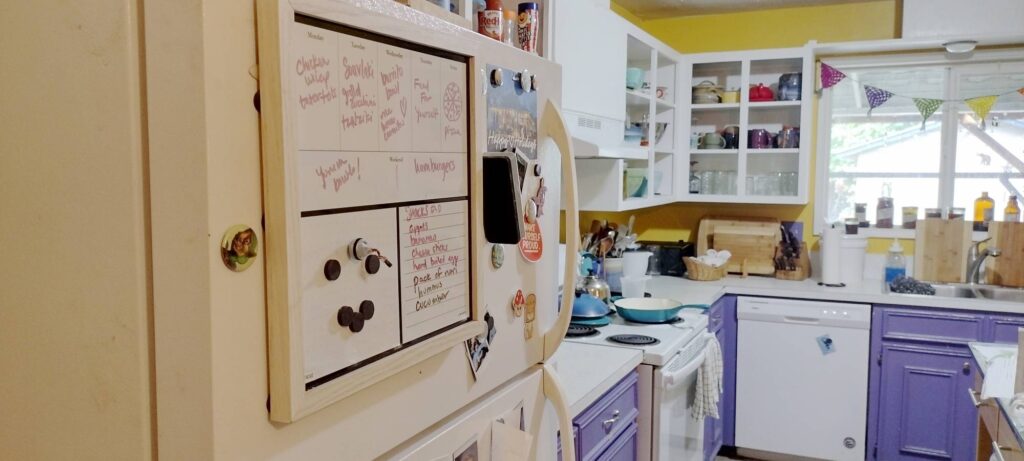
Use food preservation and batch cooking to help
Seasonal eating doesn’t mean you only use what’s coming from your garden. In winter, there may be nothing or very little. Summer and fall are perfect times to can, freeze, and dehydrate foods for use during the winter. And don’t forget to shop at local farms or farmer’s market to get whatever seasonal produce you can!
Batch cooking, or meal prepping is a good habit too. For instance, with my souvlaki recipe, I make a large batch and freeze it, so I’m ready to pull it out and we can have some every week. See what sort of meals you can make larger versions of for busy nights. You can also look into canning shelf stable soups, like a chicken and veggie, or beef stew. These are great choices for nights when you. just. can’t. Pull it off the shelf, heat up in a pan and voila, dinner’s ready and it’s still matching your homesteading values.
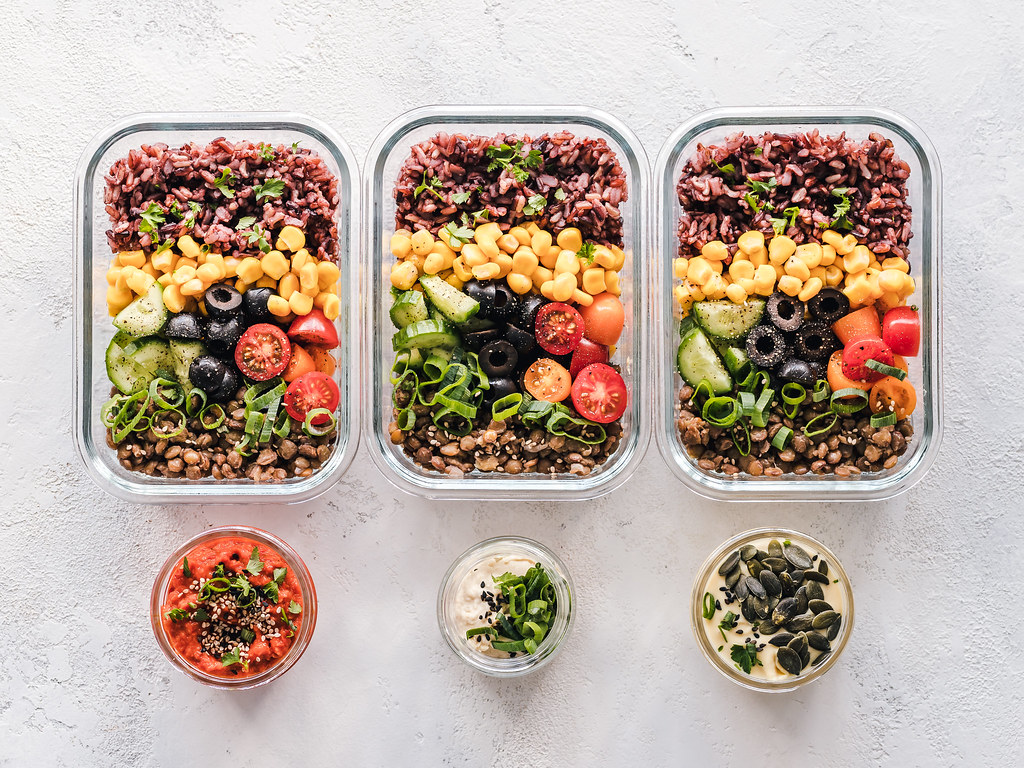
Meal planning tips for success
- Just like all the homesteading skills that I talk about, start small. Begin with a few meals per week and gradually build up your planning skills.
- Start with a formula to help ensure success.
- Create a list of meals that your family loves and will definitely eat, and meals that you are good at cooking or love to cook. Use this to help you plan. Add in fresh produce if it’s in season.
- Set aside some time just for meal planning. Pull up your favorite cookbooks or websites and look up ideas, or use your list from above to plan.
- Map out a week’s or a couple weeks’ worth of meals, leaving room for changes based on your schedule.
- Before meal planning, take a look at what you’ve already got in the pantry and let that guide you. Base your meals on what you already have to minimize waste and maximize savings.
- Plan for leftover nights or easy “fend for yourself” meals to reduce cooking stress.
Meal planning is one of those homesteading skills that really pays off. It simplifies your daily life, cuts down on stress, and helps you stay on track with your goals, whether that’s saving money, reducing food waste, or eating healthier. By planning meals ahead of time, you’re making intentional choices that benefit both your family and your homestead. You’ll be using up all that beautiful garden produce, cutting down on trips to the store, and making the most of your time in the kitchen. Plus, with a solid meal plan, you’ll be ready for those busy nights when cooking feels impossible.
Remember, meal planning isn’t about perfection. It’s about creating a flexible system that works for your life. Start small, find a formula that fits your needs, and don’t be afraid to mix things up based on what’s in season or how you’re feeling. Whether you’re preserving food for the winter or just trying to stay ahead of a busy week, meal planning can help keep you grounded and organized. So, grab a pen, jot down a few ideas, and start reaping the benefits of this simple but powerful homesteading tool!

